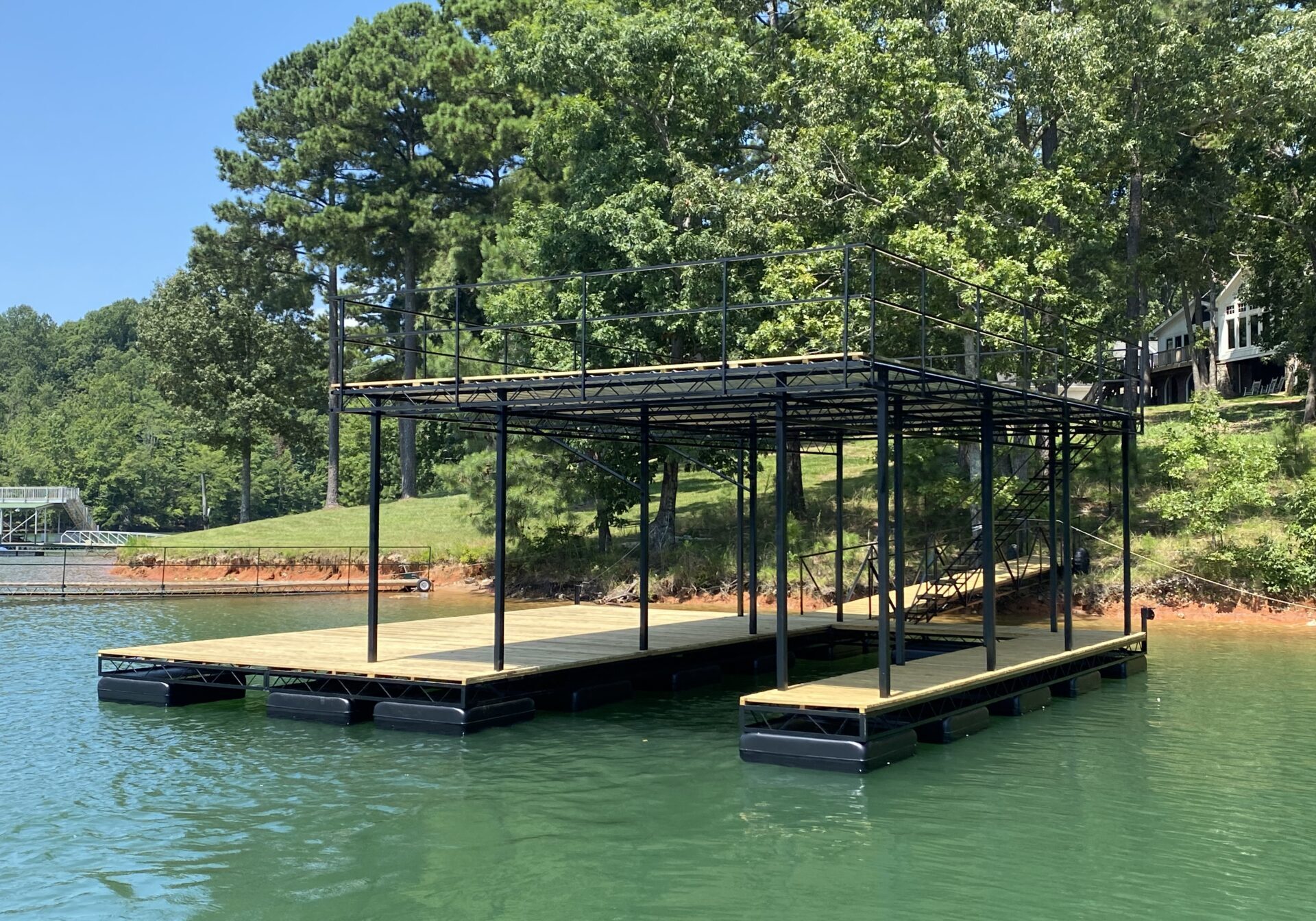Usual Problems That Result In Costly Dock Repairs
Usual Problems That Result In Costly Dock Repairs
Blog Article
Efficient Dock Repair Techniques: Making Certain Structural Stability
Ensuring the structural stability of anchors via reliable repair techniques is critical for the long life and safety of aquatic facilities. This entails a multi-faceted strategy starting with comprehensive examinations using sophisticated innovations like sonar devices and from another location operated lorries (ROVs) to spot both visible and hid damages. Consequently, selecting the best repair service products, such as corrosion-resistant alloys and composite products, is vital for toughness. Architectural support techniques, consisting of the execution of cross-bracing systems and load-distribution plates, play a crucial duty in mitigating anxiety factors. However, the value of these strategies becomes evident when discovering sophisticated fixing methods and preventative maintenance techniques.
Assessing Dock Damage
Evaluating dock damages is a crucial initial step in making certain the structural integrity and security of any docking facility. This first evaluation involves a detailed examination to determine both surprise and visible damages. Secret aspects to check out consist of the dock's structure, pilings, outdoor decking, and hardware. Each element has to be scrutinized for indications of wear, rot, corrosion, or other forms of destruction that can jeopardize the structural integrity.
Architectural designers or qualified inspectors normally do these evaluations using specialized strategies and devices. As an example, underwater examinations could utilize finder tools or from another location operated automobiles (ROVs) to find submerged damage. Above water, aesthetic inspections are enhanced by utilizing moisture meters and various other analysis tools to reveal underlying problems not quickly visible to the nude eye.

Deciding On Repair Work Products
Choosing the appropriate repair work products is a pivotal action in the dock repair procedure, one that straight affects the durability and performance of the repaired structure. Product choice have to be driven by factors such as ecological conditions, load-bearing demands, and compatibility with existing dock components. For example, timber is a traditional selection for docks as a result of its natural resilience and visual allure. Selecting the appropriate kind of timber, such as pressure-treated lumber or naturally rot-resistant types like cedar or teak wood, is essential to withstand aquatic environments.
In enhancement to timber, composite products are progressively popular because of their resilience and reduced upkeep needs. Compounds, normally made from a mix of plastic and wood fibers, provide superb resistance to rot, bugs, and UV damage. For metal docks, choosing corrosion-resistant alloys such as galvanized steel or marine-grade aluminum is necessary to avoid rust and make sure architectural stability in saline water conditions.
Epoxy resins and marine-grade sealers are crucial for fixing fractures and securing joints, offering a water resistant obstacle and improving the dock's total stamina. By diligently picking premium products, dock repair work can accomplish resilient outcomes, thereby protecting against future degradation and making sure safe, dependable usage.
Structural Support Techniques
Effective structural reinforcement techniques are critical in making sure the stability and durability of dock repair services. This approach is specifically reliable for anchors exposed to heavy loads or severe ecological conditions.
An additional essential technique is the application of fiber-reinforced polymers (FRP) These materials supply high strength-to-weight ratios and exceptional resistance to corrosion, making them excellent for reinforcing concrete or wooden anchors. FRP can be applied in strips or sheets and adhered with epoxy materials to enhance structural honesty.
Bracing and anchoring systems also play an important role in structural reinforcement. Cross-bracing, using metal or wooden beam of lights, can combat lateral pressures, minimizing persuading and activity. Securing systems, such as helical piers or driven heaps, give a secure foundation by moving loads to deeper, a lot more stable soil layers.
Lastly, the assimilation of load-distribution plates can assist distribute weight extra evenly throughout the dock's surface, reducing localized stress and anxiety points. These techniques collectively make sure that docks continue to be robust and risk-free, with the ability of withstanding the rigors of their functional setting.
Advanced Fixing Approaches

One more advanced technique includes undersea welding, which enables fixings to be conducted without the demand to dewater the area. This method is particularly helpful for addressing architectural issues in submerged dock elements, making sure very little disruption to procedures. Improved welding techniques, paired with robotic systems, provide precision and integrity, therefore expanding the lifespan of the dock.
In addition, cathodic protection systems more info here are implemented to protect against rust in metal dock structures. By making use of sacrificial anodes or impressed current systems, these strategies properly reduce the electrochemical processes that result in material deterioration.
Lastly, advanced tracking innovations, such as structural health surveillance (SHM) systems, provide real-time information on the condition of dock structures. These systems make it possible for proactive upkeep and prompt treatments, ultimately guaranteeing the lasting structural stability of the dock.
Maintenance and Prevention
Maintenance and avoidance are fundamental concepts that underpin the durability and safety of dock structures. Normal evaluations are extremely important, enabling early detection of damage, potential weak points, and ecological impacts. A proactive technique, entailing routine look for deterioration, rot, and structural changes, mitigates costly repair work and lengthens the dock's functional life.
Precautionary procedures need to include applying protective coverings to metal components to secure versus rust and utilizing cured wood to resist decay. In addition, ensuring proper water drainage and ventilation can stop water buildup, which is an usual source of structural deterioration. Incorporating high quality materials and adhering to manufacturer standards throughout building and repair service stages likewise play critical duties in enhancing durability.

Training employees in dock upkeep ideal techniques makes certain consistent application of precautionary measures. Leveraging technical advancements, such as drones for examinations and sensors for real-time monitoring, can even more enhance maintenance efforts. By prioritizing maintenance and prevention, dock owners can make sure structural honesty, functional safety, and cost-effective monitoring over the dock's lifespan.
Final Thought
In verdict, keeping the architectural honesty of marine facilities demands detailed dock repair techniques. Advanced repair strategies, paired with regular maintenance practices, make certain the dock imp source continues to be operational and safe under diverse environmental conditions.
Guaranteeing the structural integrity of docks with effective repair methods is vital for the longevity and safety of marine facilities.Picking the ideal repair work products is a critical action in the dock repair process, one that directly influences the longevity and performance of the fixed structure.Efficient architectural support methods are important in making sure the stability and longevity of dock repairs. By focusing on upkeep and prevention, dock owners can make sure structural honesty, operational safety, and Get the facts affordable monitoring over the dock's life-span.
In final thought, keeping the architectural integrity of aquatic centers requires detailed dock repair techniques.
Report this page